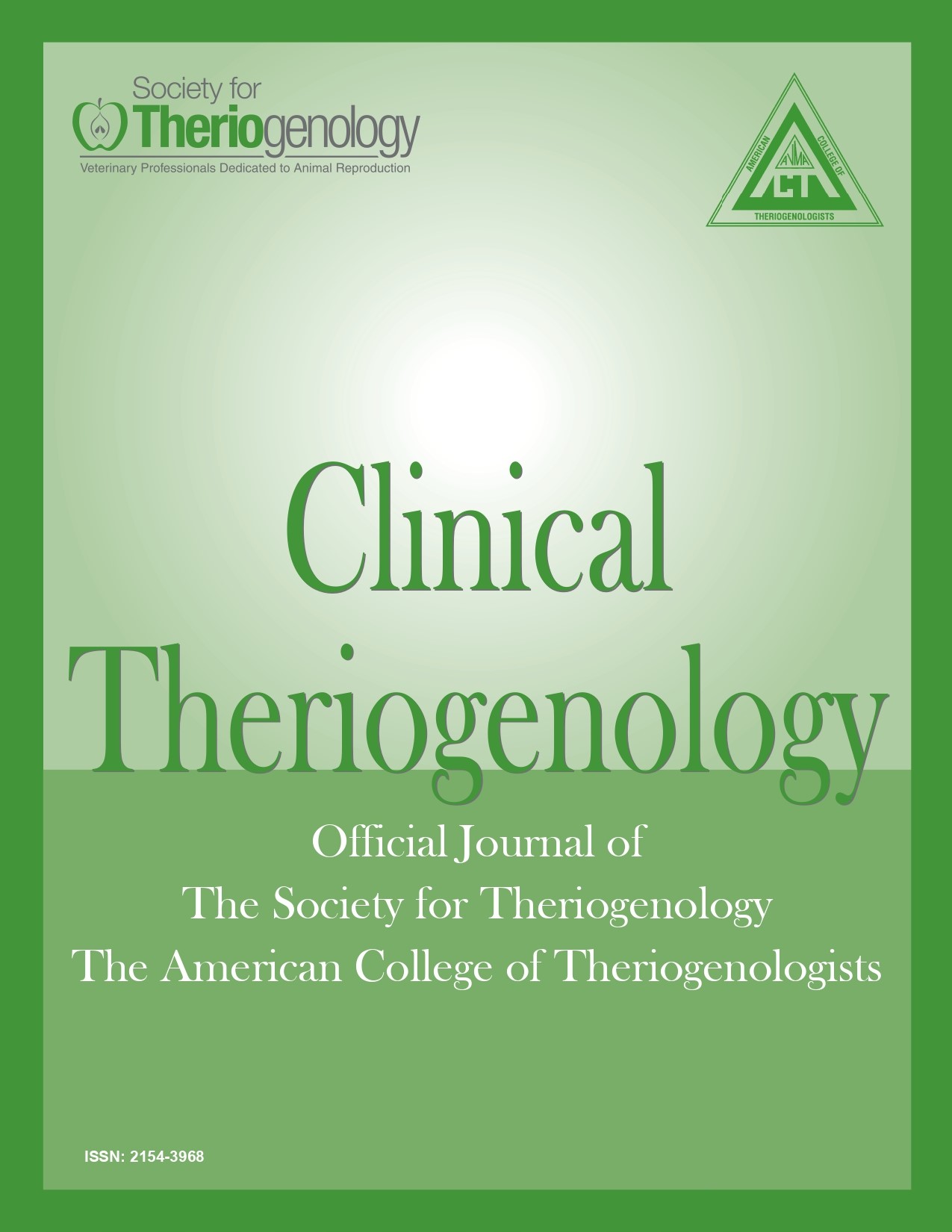Diagnosis Of Canine And Feline Neonatal Death: A Retrospective Study Of 107 Cases (2000-2010)
Abstract
The objective of the study was to characterize common causes of canine neonate death by evaluating diagnostic records and thus provide information to practitioners regarding potential preventative options. A total of 107 canine and feline neonates ranging from 0 to 7 days of age submitted to Washington State Animal Disease Diagnostic Laboratory (WADDL) during the years 2000-2010 were evaluated. Gross examination of all tissues and body cavities; as well as collection of representative samples for bacteriology, virology and histopathology was performed. A diagnosis was made 72% of the time when a dead neonate was submitted to WADDL. An infectious cause was responsible in 41% of submissions, and 37% had a non-infectious cause of death. The most common cause of death of the cases submitted to WADDL over the ten year period was septicemia accounting for 15% of the diagnoses. This was closely followed by aspiration pneumonia, which accounted for 14% of the diagnoses. The information gained from the study gives insight on the most common causes of neonatal deaths and facilitates the understanding of how to prevent neonatal deaths in small animal populations.
Downloads
Authors retain copyright of their work, with first publication rights granted to Clinical Theriogenology. Read more about copyright and licensing here.







